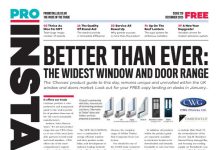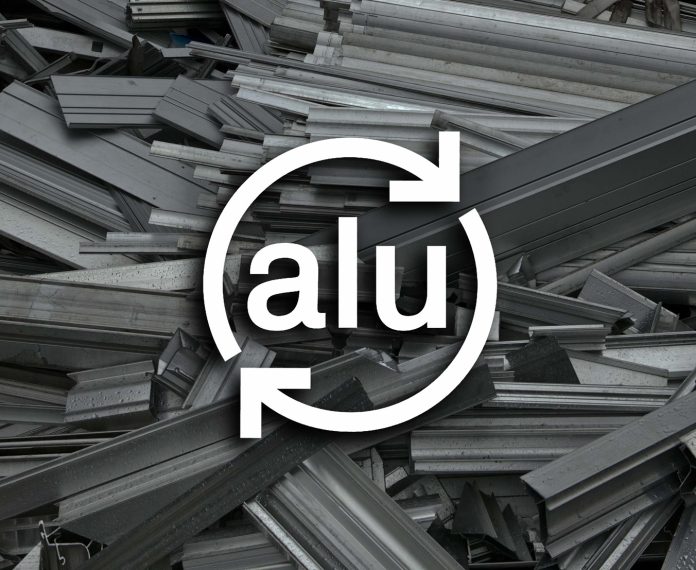By Phil Slinger – CAB CEO
EPDs are becoming more widely accepted and indeed being requested from product manufacturers by main contractors during the tendering and design processes, but what is an EPD?
An EPD (Environmental Product Declaration) is designed to inform the recipient about a product’s environmental and human health impacts during its life cycle, and should follow recognised standards such as the ‘core rules’ in BS EN 15804+A2. Based on a product’s Life Cycle Assessment (LCA), the aim of an EPD is to inform the reader about a product’s environmental impact in a standardised and transparent format for specified life cycle stages and a given performance. Verified by an independent expert, an EPD should be based on a specific set of Product Category Rules (PCR), helping to allow for different products to be evaluated in the context of the building under assessment. Completed and verified EPDs to BS EN 15804+A2 are valid for five years from the date of issue.
Whilst it is possible to develop EPDs for any type of product or service, it is the construction sector that has one of the most advanced EPD systems. EPDs can be based on a company’s ʻspecific product’ or compiled to offer an ‘average product’ EPD from a range of suppliers of similar products, such as provided by a membership association like the Council for Aluminium in Building.
As stated above, an EPD is a standardised document produced from a Life Cycle Assessment (LCA). An LCA is defined as a ‘systematic analysis of the potential environmental impacts of a product or service during its life cycle’. Often a company’s ʻspecific product’ LCA can carry sensitive company data which cannot be made public. However, the resulting standardised and independently verified EPD produced from the LCA should not divulge this sensitive information, so is usually safe to promote and circulate.
As also stated above, a Life Cycle Assessment is an analysis of the potential environmental impacts for the stated life cycle stages of the product, which could include production, distribution, installation, use, maintenance, end-of-life and reuse and recycling phases. For a window, this can include the upstream impact of production, such as the aluminium profile and hardware manufacture, as well as downstream stages, such as recycling. If the core rules according to BS EN 15804+A2 are used, all products with limited exceptions should declare as a minimum against the product stage, the end-of-life stage and the reuse, recycling and recovery stage. A life cycle impact assessment should cover all relevant environmental impacts, for example the use of energy as well as emissions into air, water and soil. ISO (International Organization for Standardization) provides guidelines and requirements for conducting Life Cycle Assessments, primarily via the ISO 14040 series of standards.
Over recent months, CAB has been collating sensitive ‘bill of materials’ data from its ‘systems house’ members to produce average LCAs for aluminum-framed windows, from which the ‘average productʼ EPDs will be produced. The production of the ‘average productʼ EPDs is being undertaken by EAA (European Aluminium Association), acting as the EPD Programme Operator. ʻAverage productʼ EPDs are thought to be particularly valuable for the concept design stage of a building before a supplier is specified, as they take data from a cross-section of the industry. They will be further evaluated in the future to ensure that they remain accurate for specifiers of aluminium fenestration.
Once completed and independently verified, the ‘average productʼ EPDs will be used by members to offer contractors, developers and clients environmental impact information to assist in the specification process, as well as feed into the BREEAM or LEED ratings for a new or refurbished building.
Should you wish to learn more, please contact CAB directly. Why not consider joining the Association and be recognised as being involved in supporting your Industry and helping to shape its future. More information is on our website at c-a-b.org.uk












